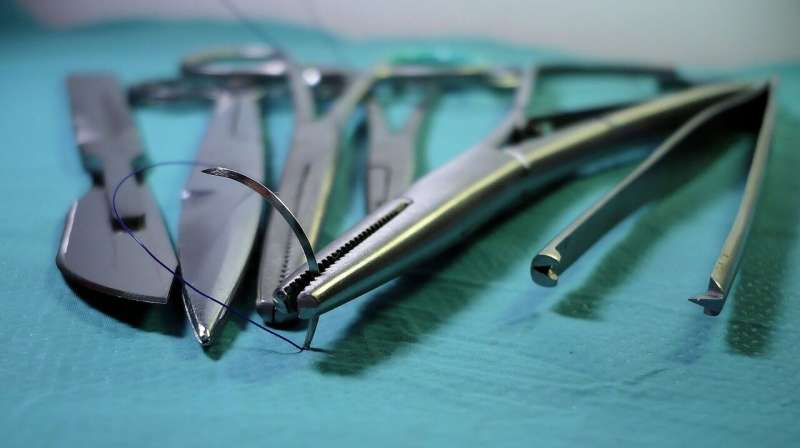
The survival rate of men with prostate cancer who had their entire prostate gland removed immediately after the tumor was detected increased by 17 percentage points compared with those who did not have treatment until the tumor began to cause symptoms. On average, they also lived more than two years longer.
These are the final results of a 30-year Scandinavian study led by Uppsala University and published in the New England Journal of Medicine.
“It’s unique to have been able to follow a randomized treatment trial for so long that we have learned how treatment of early prostate cancer affects life expectancy,” says Professor Emeritus Lars Holmberg, who has been involved in the study from the outset.
In the study, which started in 1989, the researchers compared the removal of the entire prostate gland immediately upon discovery of a prostate tumor with the standard treatment at the time, which was not initiated until the tumor began to cause symptoms and almost always consisted of hormonal treatment. Over 10 years, 695 men with prostate cancer alone were recruited to the study. The men were followed up until 2022.
After 30 years, most of the men who had died had died of causes other than prostate cancer. The risk of dying from prostate cancer during this period was 17 percentage points lower for those in the group offered surgery. These men also lived an average of 2.2 years longer than those whose treatment started later.
“We saw that the treatment affects the course of the disease for the rest of the individual’s life. It also means that the point when a prostate cancer study is analyzed has a major impact on how the results are interpreted. The short-term perspective does not give a fully adequate picture of the pros and cons of the treatment,” says Anna Bill-Axelson, professor of urology at Uppsala University and doctor at Uppsala University Hospital.
The study was carried out before PSA testing (a blood test that shows changes in the prostate) became common. Most of the men in the study had prostate cancer that was detected because of symptoms. This is different from the current situation, where the vast majority of people with early prostate cancer have had their cancer detected by PSA testing. The prognosis is therefore better today than for the men who took part in the study.
“But there is every reason to believe that today’s treatment choices also have consequences for the rest of the man’s life, which is important to know when advising patients,” says Holmberg.
More information:
Lars Holmberg et al, Radical Prostatectomy or Watchful Waiting in Early Prostate Cancer, New England Journal of Medicine (2024). DOI: 10.1056/NEJMc2406108
Citation:
Long-term study shows early prostate cancer surgery extended life (2024, October 10)
retrieved 16 October 2024
from https://medicalxpress.com/news/2024-10-term-early-prostate-cancer-surgery.html
This document is subject to copyright. Apart from any fair dealing for the purpose of private study or research, no
part may be reproduced without the written permission. The content is provided for information purposes only.




